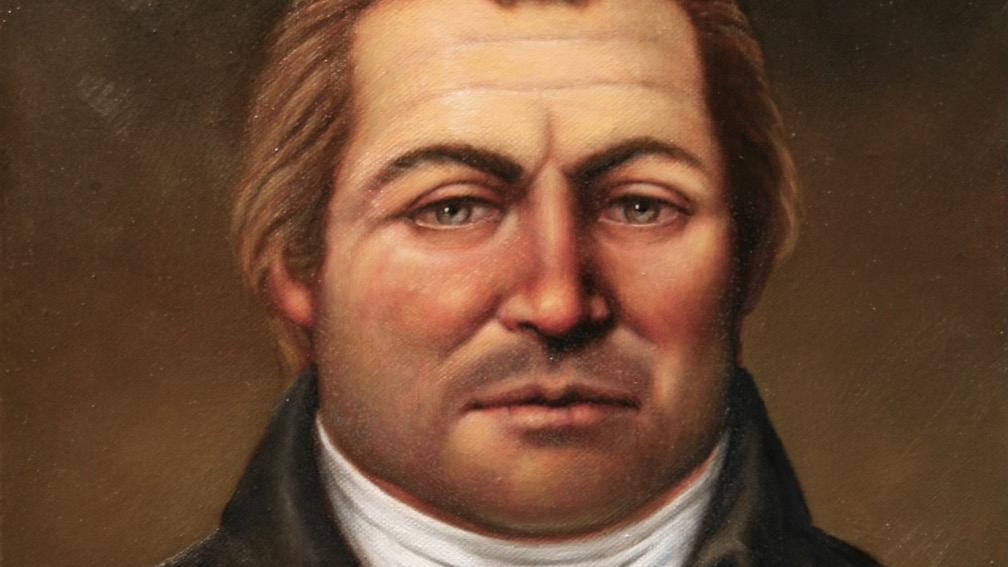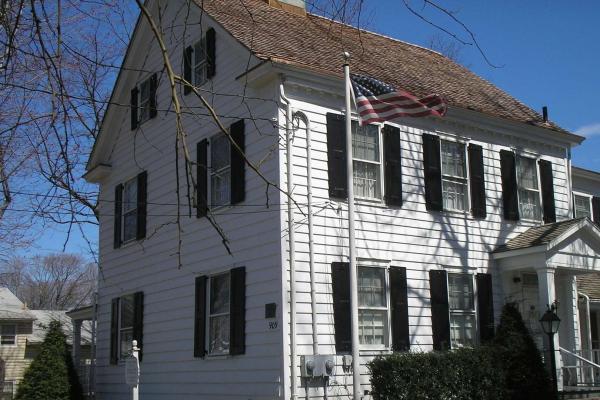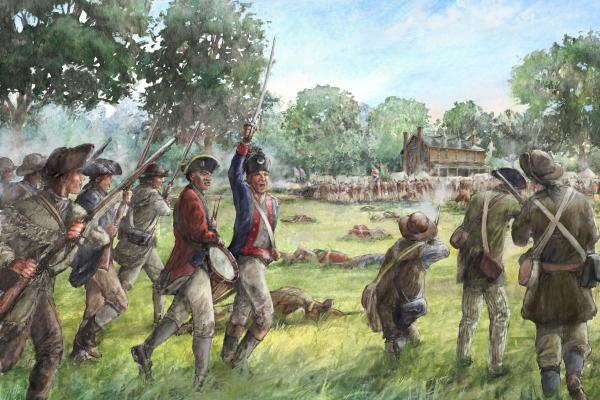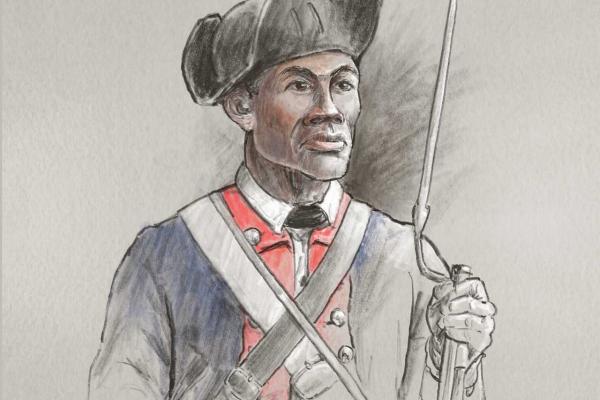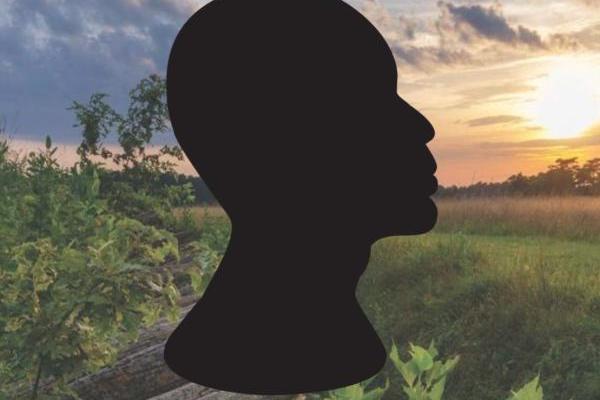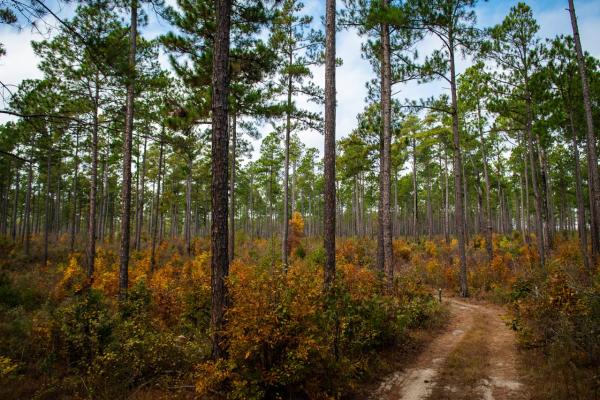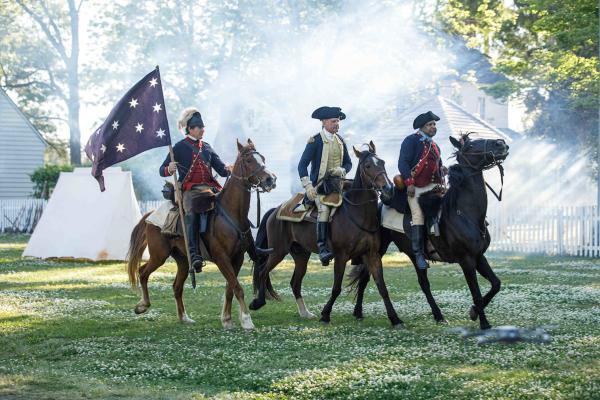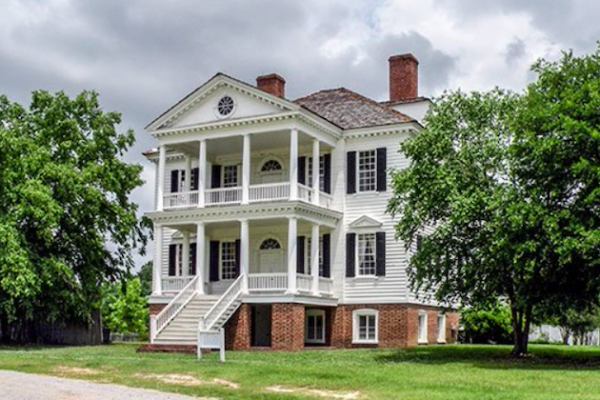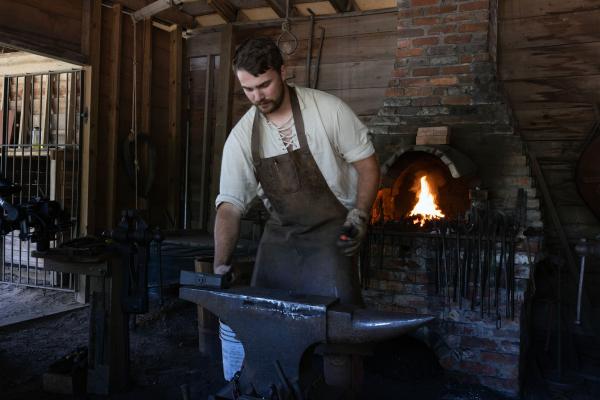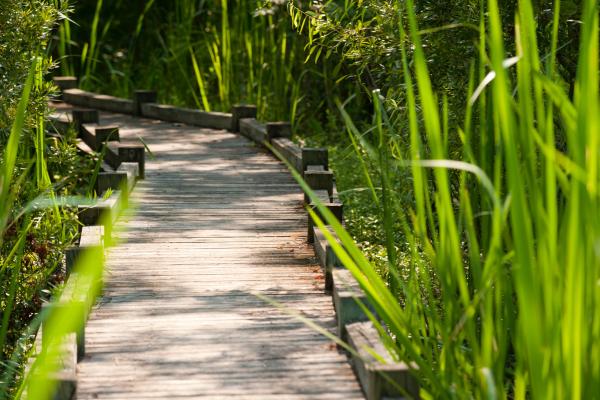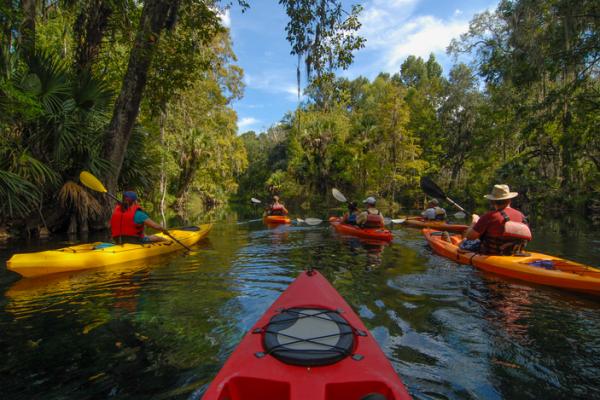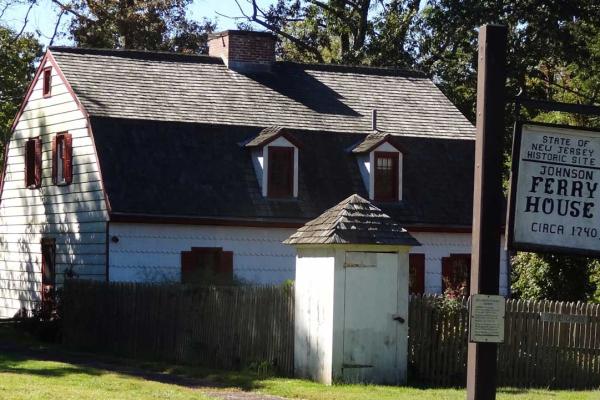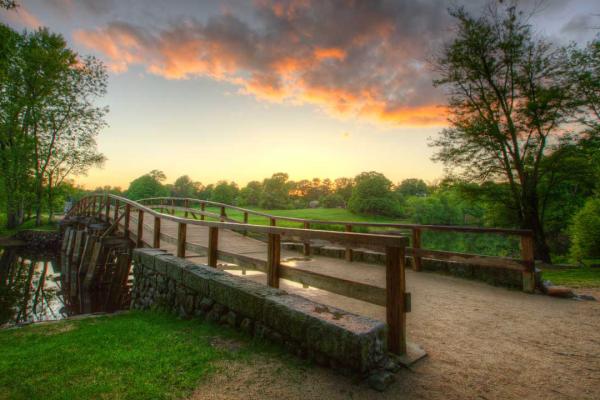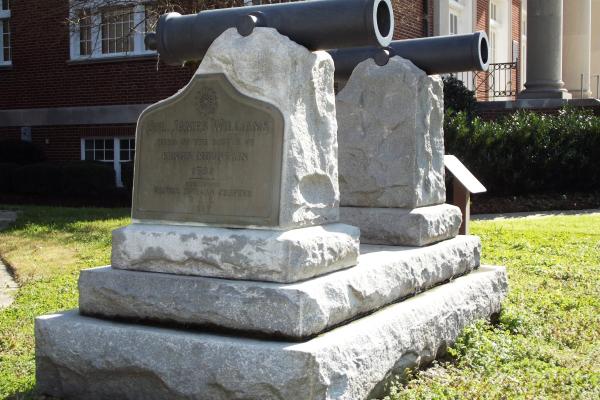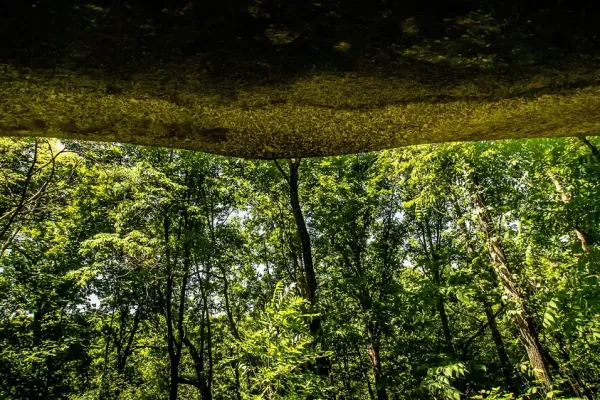Hannah Caldwell of Connecticut Farms, New Jersey was a civilian casualty of the American Revolution. She died instantly when a British soldier fired into her home on June 7, 1780. Recognized as a patriot by the Daughters of the American Revolution, her gravestone reads, "was killed at Connecticut Farms by a shot from a British Soldier. Cruelly sacrificed by the enemies of her husband and her country.”
Jim Capers, a free African American who courageously served as a Drum Major during the American Revolution, survived brutal battles and close-quarters combat, including being severely wounded at Eutaw Springs. Capers spent his final years in Alabama, where his extraordinary contributions to the fight for independence went largely uncelebrated before his death at the age of 111 in 1853.
Thomas Carney was an African American soldier who fought in the Continental Army during the Revolutionary War.
James Carter, a native of Virginia, fought bravely in pivotal battles like Camden and Yorktown during the American Revolution, earning a land bounty and a pension for his service, and was recognized as a "free person of color" at age eighty-five in the 1840 census.
Uncovering History
We invite you to visit the preserved locations along the Liberty Trail and to immerse
yourself in the extraordinary events that determined the fate of a nation.
